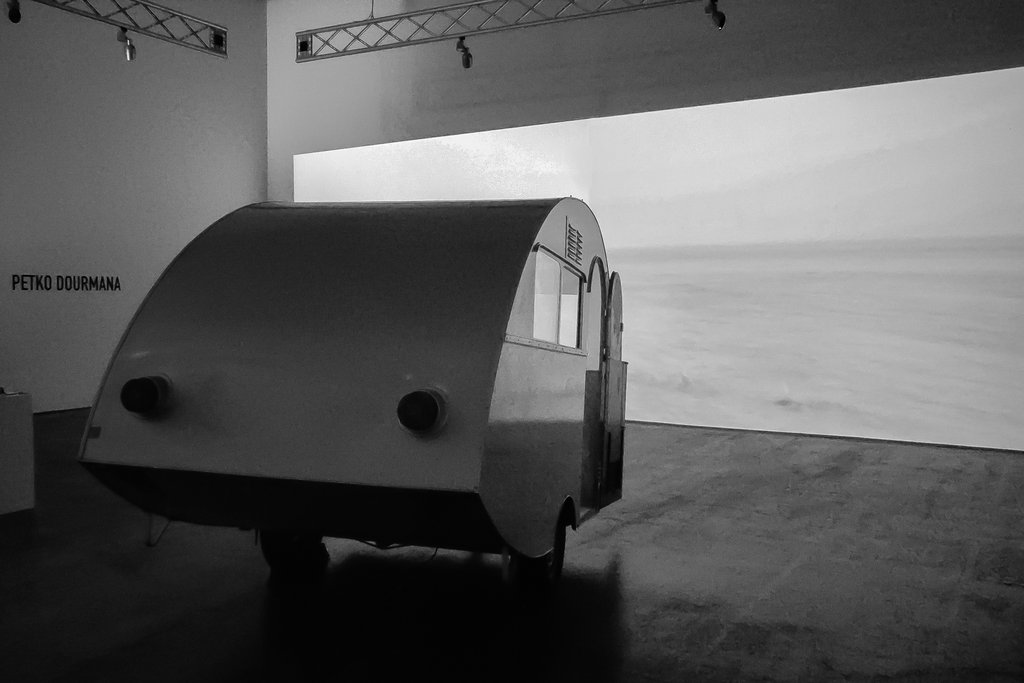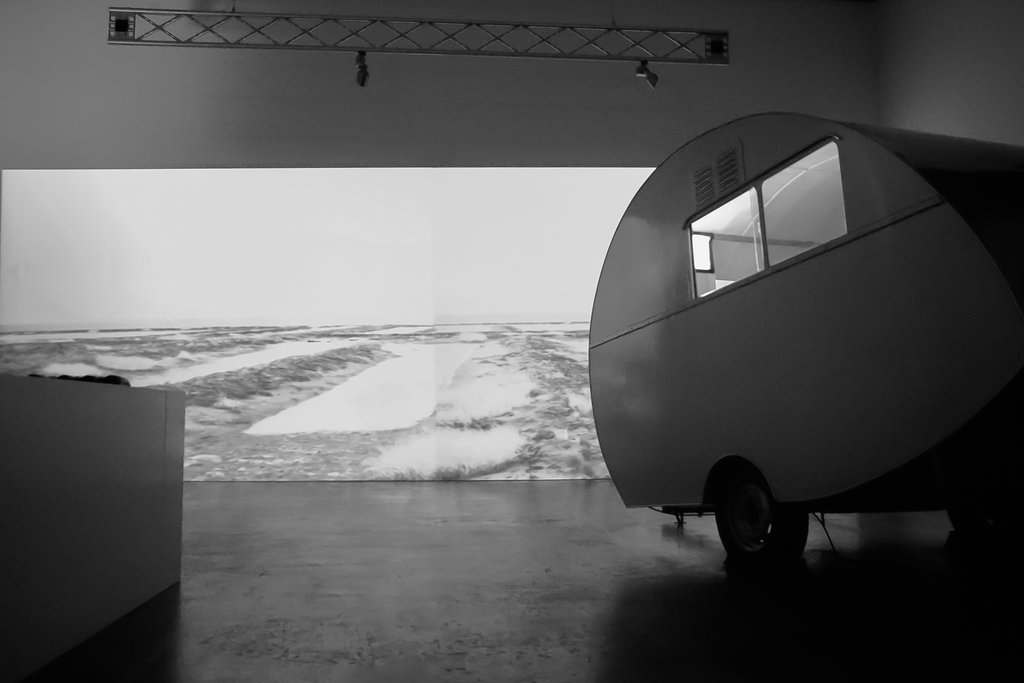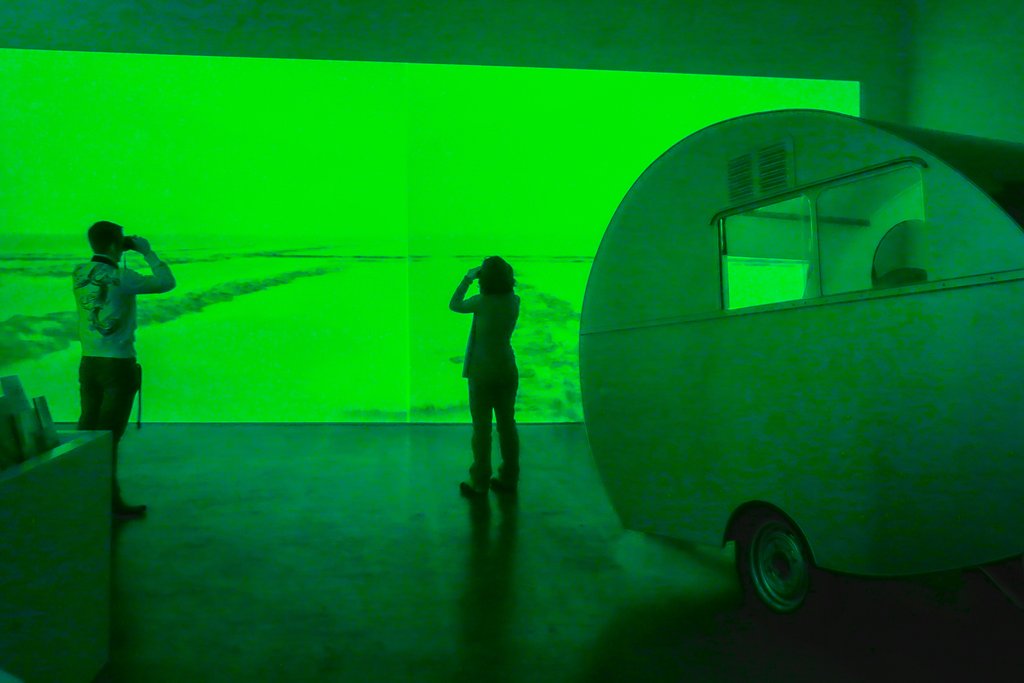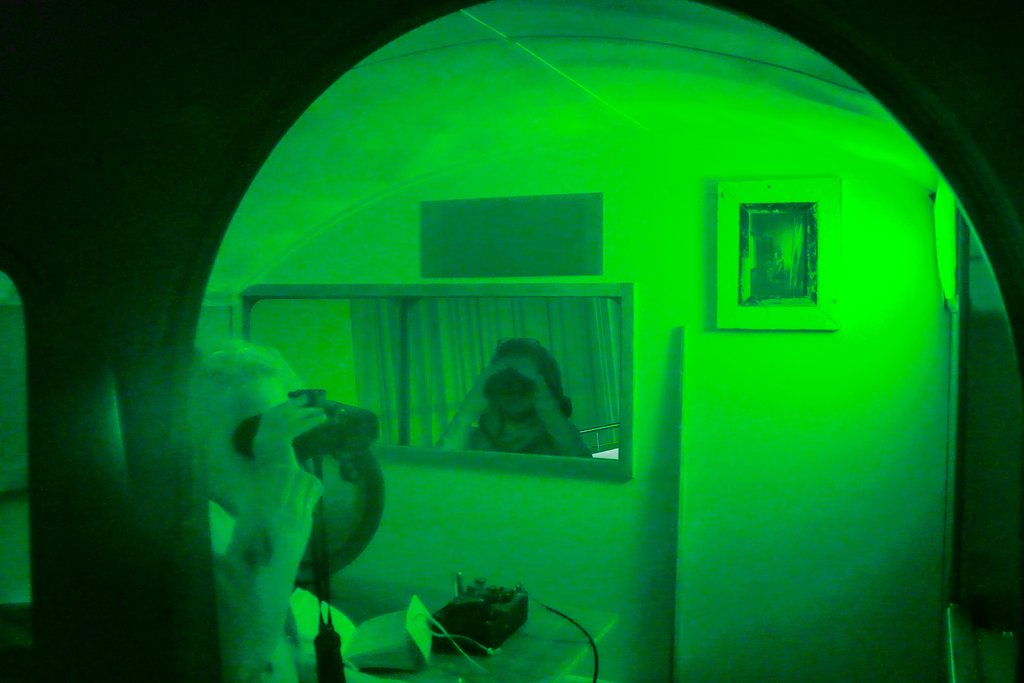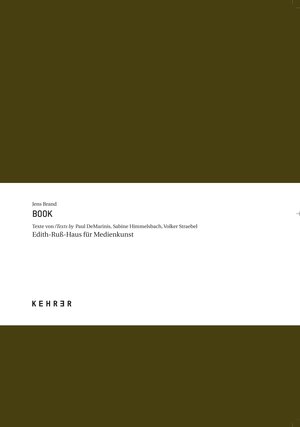Jens Brand / Petko Dourmana
Like a researcher Jens Brand appropriates existing media techniques which he then develops into an individual tool. In the process, however, he playfully counteracts the original functionality in an ironic fashion.
He refers the new installation The red psi donkey to the idea of being able to visualize sounds and provides a puzzling image whose dissolution demonstrates the impossibility of comprehending the world beyond the boundaries of our visual perception. Sound wave patterns become visible with the help of an acoustic camera by means of a static image of a red donkey. The pattern of the sound waves only exists in the empty exhibition space. The waves change when a visitor enters the room and the absurd image of the red donkey disappears.
In Music (by Madonna) based on songs and music videos by pop star Madonna, Brand deals with the trend of accentuating the breathing sounds of the performers in pop music. The artificially generated “human touch” resembles a Photoshop filter that adds dust, scratches, history and humanity to digital images.
The twenty-four one-hour sequences seen in the video HUM /? were taped during an over 4000 km long journey through Qinghai Province in China. Places are shown where transformers, motors or insects are active. The static, largely unprocessed images from this anti-road movie seem like film stills in which the sound also seems to be frozen. Further conceptual pieces are presented in the form of sketches and documents. Jens Brand lives and works in Cologne and was the 2007 scholarship holder of the Edith Russ Site for Media Art.
In the newly developed multimedia installation Post Global Warming Survival Kit by the Bulgarian artist Petko Dourmana, the visitor uses the workplace of a person who guards the strip between the sea and the land in a fictional post-apocalyptic landscape. Brought about by dubious political groupings or governments as a solution to the problem of global warming, a scenario similar to the “nuclear winter” dominates in which the surface of the earth is completely covered with ash.
Against this backdrop, Dourmana wants to alter the viewers’ visual experiences. He makes use of digital cameras to expand the spectrum of sight by including infrared light. He thus provides the viewer with the opportunity to experience other visual worlds or parts of our reality which would remain invisible without technical aids. Without technology, we would be blind in an ash-covered world. Dourmana ironically perceives the “nuclear winter” as the only concept which man has come up with to prevent global warming: a dystopic look at politics and our future.
Petko Dourmana lives and works in Sofia, Bulgaria and is the 2008 scholarship holder of the Edith Russ Site for Media Art.
Curated by: Sabine Himmelsbach, Heike Ander

